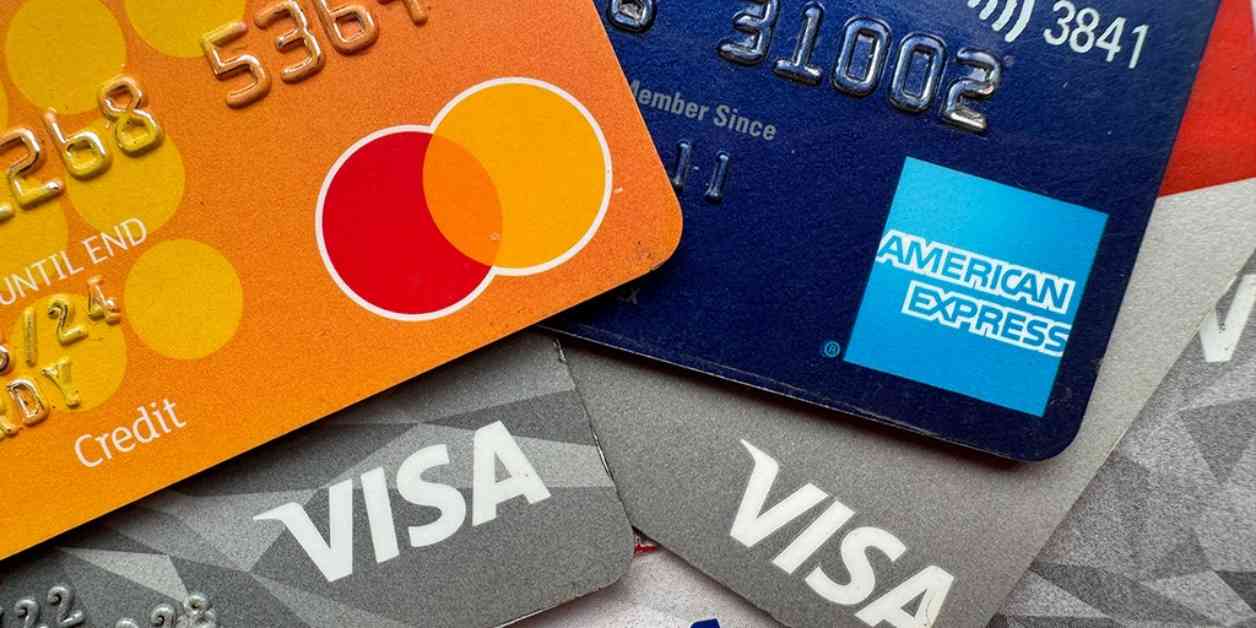Federal Reserve Interest Rate Cut and Credit Card Debt
As the fall season approaches, Wall Street and Main Street are eagerly anticipating the first interest rate cut since March of 2020, marking the start of the COVID-19 pandemic. This move by the Federal Reserve brings hope for lower borrowing costs, but will it have a significant impact on credit card debt? While the rate cut may lead to decreased interest rates for mortgages, auto loans, and personal loans, those who carry credit card debt may not see much relief.
Ted Rossman, Senior Industry Analyst at Bankrate, warns against expecting the Federal Reserve to come to the rescue of credit card debtors. He emphasizes that the change in interest rates is unlikely to be substantial, even if credit card rates were to decrease by a few percentage points. The average annual percentage rate on standard credit cards is around 20.76%, with some retail cards, such as Bloomingdale’s, reaching rates as high as 31.99%.
The Impact of the Rate Cut on Credit Card Debt
For individuals carrying a $1,000 balance on a credit card, a 25-basis point rate cut may lower the APR from 20.76% to 20.51%. While this may seem like a slight improvement, the actual monthly finance charge would only decrease by $0.21. Furthermore, the minimum payment is likely to remain unchanged, according to Greg McBride, Chief Financial Analyst at Bankrate.
Rossman suggests that instead of relying solely on Fed rate cuts, individuals should consider alternative solutions such as exploring 0% balance transfer cards, taking on a side hustle, cutting expenses, or seeking credit counseling. These proactive steps may have a more significant impact on reducing credit card debt than waiting for interest rates to decrease.
Federal Reserve Chairman Jerome Powell’s Rate Cut Plans
Federal Reserve Chairman Jerome Powell signaled the possibility of a rate cut during his speech at the Kansas City Federal Reserve’s Jackson Hole Economic Symposium in August. Powell emphasized the need for policy adjustments and acknowledged the clear direction towards rate cuts. The timing and pace of rate cuts will depend on incoming data, the evolving outlook, and the balance of risks.
Market expectations are leaning towards a 25-basis point cut at the upcoming September 18 meeting, with a smaller percentage forecasting a more substantial reduction. The FedWatch Tool by CME, which measures the probability of future rate moves, indicates that nearly 70% of market participants anticipate a rate cut in September.
Future Rate Cut Implications
Even if the Federal Reserve continues its easing cycle, it may take several rounds of rate cuts to make a meaningful difference in credit card interest rates. Rossman cautions that the Fed is likely to proceed cautiously in lowering rates compared to the rate hikes in the past. He advises individuals to take proactive steps to manage their credit card debt, as Fed rate cuts alone may not lead to significant changes in the credit card landscape.
Looking Ahead
While the Federal Reserve is set to meet in November and December to wrap up the year, individuals grappling with credit card debt should not solely rely on rate cuts to alleviate their financial burden. Exploring alternative options, such as balance transfer cards, increasing income through side hustles, and cutting expenses, may prove more effective in reducing credit card debt in the long run.
In conclusion, while the Federal Reserve’s interest rate cuts may impact various financial sectors, the effect on credit card debt may be minimal for most consumers. Taking proactive steps to manage credit card debt, rather than waiting for rate cuts to take effect, can lead to more significant improvements in financial well-being. By exploring alternative solutions and making informed financial decisions, individuals can take control of their credit card debt and work towards achieving financial stability.














